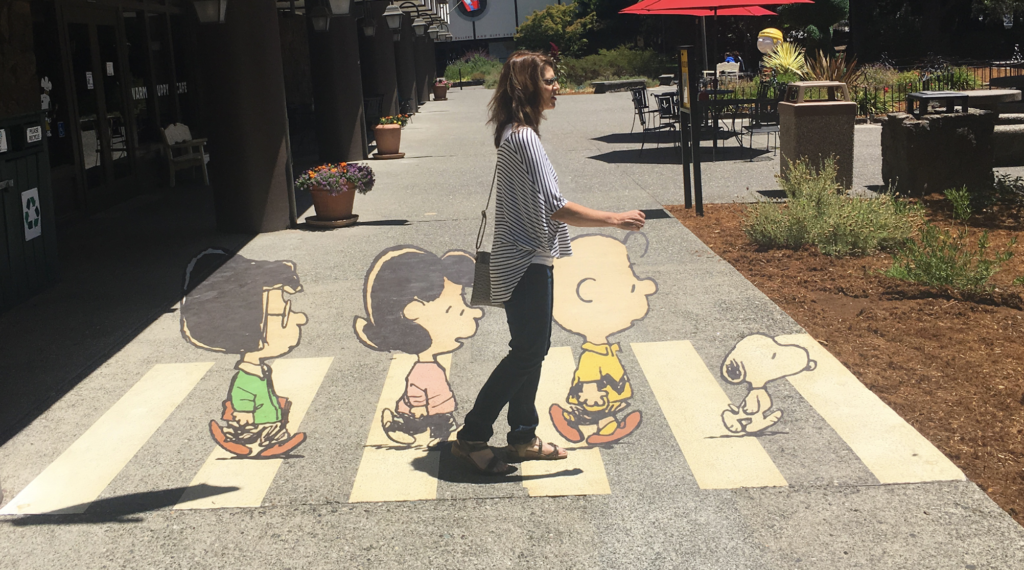Use AI to Inspire Your Writing: 7 Tips to Spark Creativity

For so many of us folks in the writing biz, blocks to inspiration are real. To wit: I’ve been stalling on this very blog for weeks, spending time thinking and reading and researching and trying out all sorts of wonder tools to help spark my own creativity. The irony is not lost on me—not for one hot minute.
Finding inspiration to generate compelling topics for our written works, be they creative or market-y, fiction or nonfiction—truly anything—is a skill in itself. The good news is we’ve got some really cool tools at our fingertips to help nudge our imaginations along when we’re stuck in the mud.
For this particular impasse, I dusted the dirt off and dove right into the generative AI tools I regularly use for content-generating ideas. Doing a quick search for best practices brought up some articles so obviously crafted by AI they were comical, and likely using vague prompts and no editing. (Come on, people! Great object lesson though.) After poking around a bit more, I reviewed what some experts are currently discussing about our creative powers (both mortal and robot), and reflect on my own habits and progress in using generative AI tools.
My hope is to do much better in the ideas department for you (and me!) right here, right now.
How do we get the best out of AI for writing? How can we use the tools before us to generate ideas for our writing—from brainstorming topics to drafting outlines and more?
Leverage generative AI to spark your creativity
Writers could and do use AI to generate inspirations and ideas galore. When prompted in skillful ways, AI content generators are ideal for creating mind maps, outlines, keywords lists, research (from trends to audiences to subjects and styles), general topics and specific subtopics, plot twists, character development, dialog expansion, new genres, new themes, new creative visions to help nudge your stories forward.
Try some of the best practices below to boost inspiration. Explore suggestions, dive in, and see where the tools take you!
Tip: Optimize your prompts right from the start
Skillful prompt engineering is key to getting what you want from generative AI, especially when using writing-focused tools like ChatGPT, Claude, and Bard (to name only a scant few from an ever-growing assortment of engines). Because the tool is only as good as its ingredients, the more we program into them, the better (faster, more accurate) they become. When we ask specific, detailed, targeted questions, AI’s responses will be of higher quality and better use to writers, especially those of us seeking inspiration for new creative routes.
Tip: Think of—and use—AI as your new muse
Especially for creative writing pursuits, you can ask AI to review your past works. AI can suggest fresh ideas that still stay close to your own voice, and you can use the suggestions as a launchpad for your new works. This certainly doesn’t mean you need to use those suggestions, but I have found this to be a helpful way to combat writer’s block.
Tip: Ask AI to analyze your writing style
You can also prompt a few different AI writing tools to compare styles of copy. I’ve done this a few times with help from a few of my go-to AI tools, and then used the output as a creative launchpad. Being able to compare styles, genres, and tone suggestions from AI has helped me make solid refinements in my own work.
There are SO. MANY. new tools for genre-specific writing that emerge every day. It’s hard to keep up! Once you start poking around some current lists for the best AI for writing and content creation, you’ll see the range. Try a few and compare UX to find the tools that work for your creative writing needs.
A real crowd-pleaser for story crafting is NovelAI. Sudowrite is a beloved tool for creating your next best-seller. Squibler is a favorite for script writing. Got a poem in you? Apparently many of us do, as evidenced by the vast collection of AI poem generators out there. The lists for best AI writing tools is seemingly endless. Have at it!
Tip: Call in tech support
Most writers focus on expanding ideas first and attending to technical copyediting later. For that nitpicky stage, many of us have been using tools for correcting grammar, improving or recrafting sentence structure, condensing difficult or lengthy copy blocks, expanding vocabulary choices, and working in multiple languages all along.
Sure, these more technical tools help writers with that final polish, but they also offer options for nuance and creativity in word choice and sentence framing that can nudge your writing in new ways. You can spend time in an AI writing tool generating emotionally responsive language to better gauge how your word choices might resonate with your intended audience. You can also ask AI to analyze the emotional undertones of your work and provide alternative content or language choices if you want to adjust it.
Tip: Reverse it!
AI can improve translation chores with a great emphasis on speed, accuracy, and cost-effectiveness. Pitfalls certainly exist (legal, ethical, and privacy concerns, accuracy for context and culturally specific terminology, to name just a few). It’s still clear that the human factor in language translation and interpretation just can’t be beat.
Writers seeking inspiration can try a translation tool to generate new word choices or sentence structure by simply feeding a copy block into your preferred AI copy creation tool, prompt it for a translation into another language, and then prompt it again to translate that back into English (or whichever language you’re operating in). No writing project currently looming? This is a fun game to partake in during the wee hours to combat insomnia. Trust me.
Tip: Engage in IRT collaboration
Many writers have been using Google Docs to collaborate on our writing. It’s proven to be an easy tool for writing, editing, commenting, and then tracking feedback exchanges and revisions with our teams.
Advances in generative AI writing tools have the potential to help us even more with real-time collaboration. It can help massage ideas or coax out new directions for existing themes and approaches to our creative writing and work. AI can already easily analyze inputs and compare or incorporate diverse writing styles, tones, and voices, and then blend it all into a more cohesive piece. These features are already assisting teams with enhanced engagement, creativity, and efficiency on writing projects.
Keep in mind that in using AI tools for our writing, we are actually collaborating—with a skilled machine. What a strong combination of superpowers! Teachers and facilitators readily conduct writing classes and workshops that incorporate AI tools at vast levels of engagement. From launching brainstorming sessions to refining character or story development to hosting group writing exercises, instructors rely on AI-generated prompts and tools for participants to use and incorporate into their written assignments.
Tip: Learn and grow along with AI for writing
The more we use these generative tools, the more we’ll grow and flex, just as the tools themselves are doing—and rapidly so. When we include AI in our creative practices—to complement or fine-tune our styles, enhance our unique voices, or at the very least, provide vocabulary choices—we’ll be moving beyond writer’s block toward more inspired outputs.
We do have to keep in mind that while AI is a terrific source for writing inspiration, it carries plenty of hazards to avoid along the way (consider egregious errors in accuracy, potential lack of cultural specificity, and the dizzy downward spiral that is plagiarism, for example). AI writing tools are no replacement for real, authentic, invaluable human creativity and nuance rooted in lived experiences, but they can and do help spark new pathways to get us where we want to go.
When using AI for your writing, you won’t just be gaining fresh ideas, you’ll be revolutionizing your entire creative process. I’m excited to start off this new year with practices that enhance my work and elevate my creative writing activities. Let us know about the discoveries you make along the writer’s way to more inspiration and creative output!



























